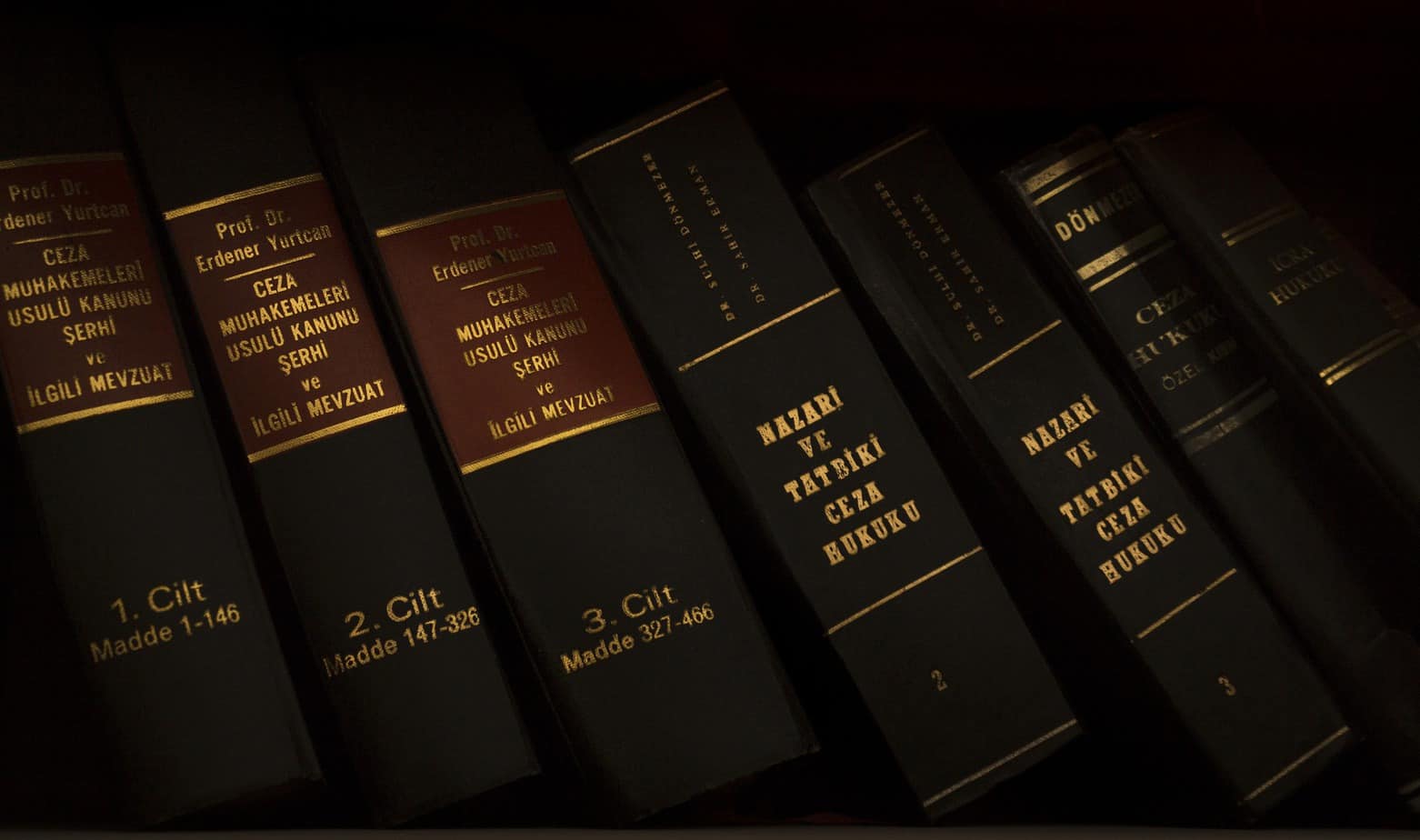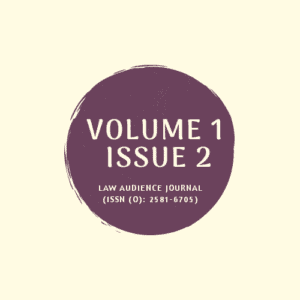CASE COMMENT ON CENTRAL BUREAU OF INVESTIGATION, HYDERABAD. VS. K. NARAYANA RAO[1].
COURT: THE HON’BLE SUPREME COURT OF INDIA.
APPELLANT: CENTRAL BUREAU OF INVESTIGATION, HYDERABAD.
RESPONDENT: K. NARAYANA RAO.
JUDGES: HON’BLE JUSTICE. P. SATHASIVAM AND HON’BLE JUSTICE. RANJAN GOGOI, JJ.
CITATION: CBI V. K. NARAYANA RAO, (2012) 9 S.C.C. 512.
INTRODUCTION:
This case was filed against a lawyer. The following allegations put on him were, he conspired against the bank by not discharging his duty. The Court by considering the prima facie evidences held that unless there are sufficient evidences against the respondent the Court won’t hear the case in the first place. The lack of facts was held due to the fact that there was no prior meeting of minds, which is the basic essential of conspiracy and it was not satisfied. Hence it was clearly held that there was no conspiracy on the part of the lawyer.
Secondly, it was held that the lawyer didn’t discharge his duty properly. While considering whether a professional is negligent or not, the courts consider whether the services provided by him are of a reasonable standard. Not everybody practicing a profession be an expert but should possess the requisite skills that the profession demands. The documents which were submitted to the lawyer were forged. Had he been asked to check the veracity of the document, and failure to do so will amount to negligence? But he was asked to submit a legal opinion on it for which he did. Thus, there is no negligence on his side.
FACTS OR HISTORY OF THE CASE:
On 30.11.2005, the CBI, Hyderabad registered an FIR against (A-1)[2] and (A-2)[3], the then Branch Manager and the Assistant Manager, respectively of the Vijaya Bank, Narayanaguda Branch, Hyderabad, for committing offences punishable Under Sections 120B, 419, 420, 467, 468, 471 read with Section 109 of the Indian Penal Code, 1860 and Section 13(2) read with Section 13(1)(d) of the Prevention of Corruption Act, 1988 for abusing their official position as public servants and for having conspired with private individuals, viz.,(A-3)[4] and (A-4)[5] and other unknown persons for defrauding the bank by sanctioning and disbursement of housing loans to 22 borrowers in violation of the Bank’s rules and guidelines and thereby caused wrongful loss of Rs. 1.27 crores to the Bank and corresponding gain for themselves. After completion of the investigation, the CBI filed charge sheet along with the list of witnesses and the list of documents against all the accused persons. In the said charge sheet, Shri K. Narayana Rao, the Respondent, who is a legal practitioner and a panel advocate for the Vijaya Bank, was arrayed as (A-6)[6]. The duty of the Respondent as a panel advocate was to verify the documents and to give legal opinion. The allegation against him is that he gave false legal opinion in respect of 10 housing loans.
ISSUES:
1.) Whether the respondent failed to discharge his duty by giving false legal opinion?
a) Whether the A-6 failed to point out the ownership of the properties?
b) Whether the A-6 failed to point out the forgery in the construction permission issued by the municipal authorities by means of their legal opinion?
2) Whether the respondent conspired against the bank, which resulted a considerable loss to the bank?
a) Whether there was any agreement among the parties in looting the bank?
ARGUMENTS AND COUNTER- ARGUMENTS:
- ARGUMENT: The main duty of the A-6 was to provide legal opinion on the submitted relevant documents. Failure in discharge of duty of the A-6 has resulted in the approval of loans which in turn resulted in loss for the bank (about 1.27 crores).
COUNTER- ARGUMENT: Investigation has revealed that the construction permission procured from the municipal weren’t genuine. The allegations on A-6 were not substantiated with concrete evidence. It was also pointed out that a panel advocate is not capable of investigating the genuineness of the documents. It is to be noted that no one out of the 78 witnesses pointed out the involvement of A- 6 in the conspiracy.
- ARGUMENT: A-6 conspired against the bank by giving false legal opinion. Thus, his name was included in the charge sheet.
COUNTER-ARGUMENT: Criminal conspiracy can be conceived only if there’s an agreement among the parties to deceive. But in this case there is no evidence that such an agreement existed between the respondent and the other accused. An act is said to be criminal if there’s a criminal intent but in this case the ingredient of intention is absent. It is to be noted that the FIR didn’t bear the name of the respondent but the charge sheet did.
- ARGUMENT: The A- 6 was negligent in discharging his duty which resulted in loss for the bank.
COUNTER-ARGUMENT: It is not necessary for every professional to be experts in their position. A professional is to be judged based on comparing the professional’s action with that of an ordinary man. In this case, the A-6 had possessed the requisite skills. Hence, he was not negligent.
HOLDING:
- It was held that until or unless there’s sufficient evidence against a person to prove his guilt, there’s no use in hearing the case in the first place. The Court has the power to quash an FIR filed against a person if there’s no sufficient ground to prove their guilt.[7]
- A strong suspicion is a necessary ingredient to proceed forward with a forgery case.
- If there are no prima facie evidence against the accused the magistrate has the power to dismiss the case.
- If there are two possible views, and one of it gives rise to suspicion only but not grave suspicion, the judge is empowered to discharge the accused. He is not obliged to see whether the trial will end in acquittal or conviction.
JUDGMENT:
Since there was no prima facie evidence against the respondent, there is no need in proceeding with the case further. Hence, the Supreme Court agreed with the High Court’s judgment in quashing the criminal allegations against the respondent. Thus, the appeal was dismissed.
CRITICAL ANALYSIS:
- NEED FOR STRONG SUSPICION TO PROCEED FURTHER WITH THE CASE:
Only if there’s strong suspicion, the Courts decide to move forward with the case. Suspicion arises as there’s conflict between the sequences of scenarios which happened already. Until there’s concrete evidence which eradicates suspicion, the Courts can proceed further with the case. “Little drops of water make a mighty ocean” similarly little dimes of suspicion might lead to something big. Hence, the Courts can note down each and every detail of a case.
- THE DUTY OF THE PANEL ADVOCATE ISN’T DEFINED PROPERLY:
The duty of the panel advocate is to check the veracity of the documents. If he had discharged his duty properly the bank might have not sanctioned the loan. The whole scam could’ve been averted. It is clear from the facts that he didn’t conspire against the bank. He could’ve adopted other simple methods to ensure the genuineness of the documents which even an ordinary man would’ve thought of doing. Hence, the duty of the panel advocate isn’t defined properly which makes it difficult to ensure whether he had performed his duty properly or whether he was negligent.
CONCLUSION:
Thus, in this case the Courts held on to the letter of law and delivered a remarkable justice. The decision of the Court to consider the admission of a case on the basis of sufficient evidence is to be appreciated. As this would result firstly in, reduction of the Court’s burden. Secondly, would prevent the hearing of cases which are vexatious or malafide. Thus, this case gives the list of parameters the Court considers before the dismissal of a case.
[1] Authored By: Ms. Rishitha.K, B.B.A.LL.B, 3rd Year Student at IFIM Law College & Research Writer at Law Audience.
The accused Involved in the case:
[2] (A-1) Shri P. Radha Gopal Reddy.
[3] (A-2) Shri Udaya Sankar.
[4] (A-3) Shri P.Y. Kondala Rao – the builder.
[5] (A-4) Shri N.S. Sanjeeva Rao.
[6] (A-6) Sri K. Narayana Rao.
[7] State of Haryana v. Bhajan Lal MANU/S.C./0115/1992: 1992 Supp (1) S.C.C. 335 (India).


